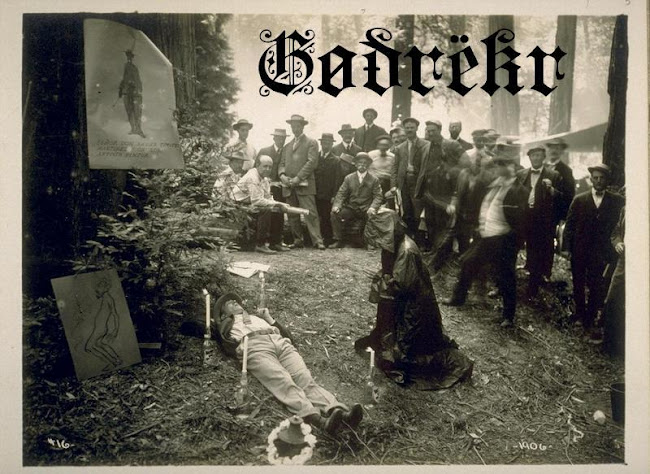Presenting an alternative view on social issues such as exclusion, crime and punishment, polish artist Katarzyna Mirczak has photographed tattoo-covered skin specimens sourced from deceased prisoners in Poland.
The tattoo collection at the Department of Forensic Medicine at Jagiellonian University in Krakow, Poland consists of 60 objects preserved in formaldehyde, a method devised by one of the experts employed by the Department at the turn of 20th century.
The tattoos were collected from the prisoners of the nearby state penitentiary on Montelupich Street as well as from the deceased on whom autopsies were performed.
The majority of the prison tattoos represent connections between the convicts. Besides gestures and mimics it is a kind of secret code – revealing why ‘informative’ tattoos appeared on uncovered body parts: face, neck or arms.
The collection was created with a view to deciphering the code – among prisoners known as a ‘pattern language’. By looking closely at the prisoners’ tattoos, their traits, temper, past, place of residence or the criminal group in which they were involved could be determined.
In Poland, tattoos are common among criminals. Traditionally, they could be found on people who exhibited a tendency towards perverse behaviour: such as burglars, thieves, rapists and pimps. It was noticed that a significant percentage of tattooed people showed signs of personality disorders and aggressive behaviour. In the 1960s in Poland, getting a prison tattoo required special skills and criminal ambition – it was a kind of ennoblement, each tattoo in the criminal world was meaningful.
Conditions in prisons allowed only for primitive tools and dangerous chemicals to be used in tattooing. Paper clips, pins, wires, razor blades and pieces of glass were used to puncture the skin and powdered coal, charcoal, burned rubber, cork, pencil refills, ink, watercolours and crayons were used as colour pigments, often mixed with water, urine, soap, cream or fat.
In the 1970s, the CSI Department of Militia Headquarters in Warsaw published a special document only for prosecution agencies in which they analysed 2300 tattoos, including those from the collection at Jagiellonian University. For over four years, the researchers looked at prisoners, soldiers and criminals who served sentences in Czechoslovakia, Yugoslavia, Germany and the USSR. A catalogue that precisely described the meanings behind certain tattoos was created.
Mirczak included a key to the symbolism:
Devil's head - symbol of cruelty and a prisoner who takes action to spite of others.
Flying eagle - an emblem of a prison in Wroclaw, Poland.
A dagger with a snake twisted around - the oath of revenge - is a sign of planned assassination.
A snake twisted around a woman - a sign of revenge on an unfaithful woman, who betrayed or snitched on somebody; it's a symbol of planned revenge, not yet accomplished.
A sailor silhouette - symbol of a person who worked with goods and foreign currency trading; popular in the People's Republic of Poland.
Half-moon with a woman sitting on it - symbol of a person who is interested in act of cunnilingus.
Mouth - usually open and red - identifies a homosexual.














































